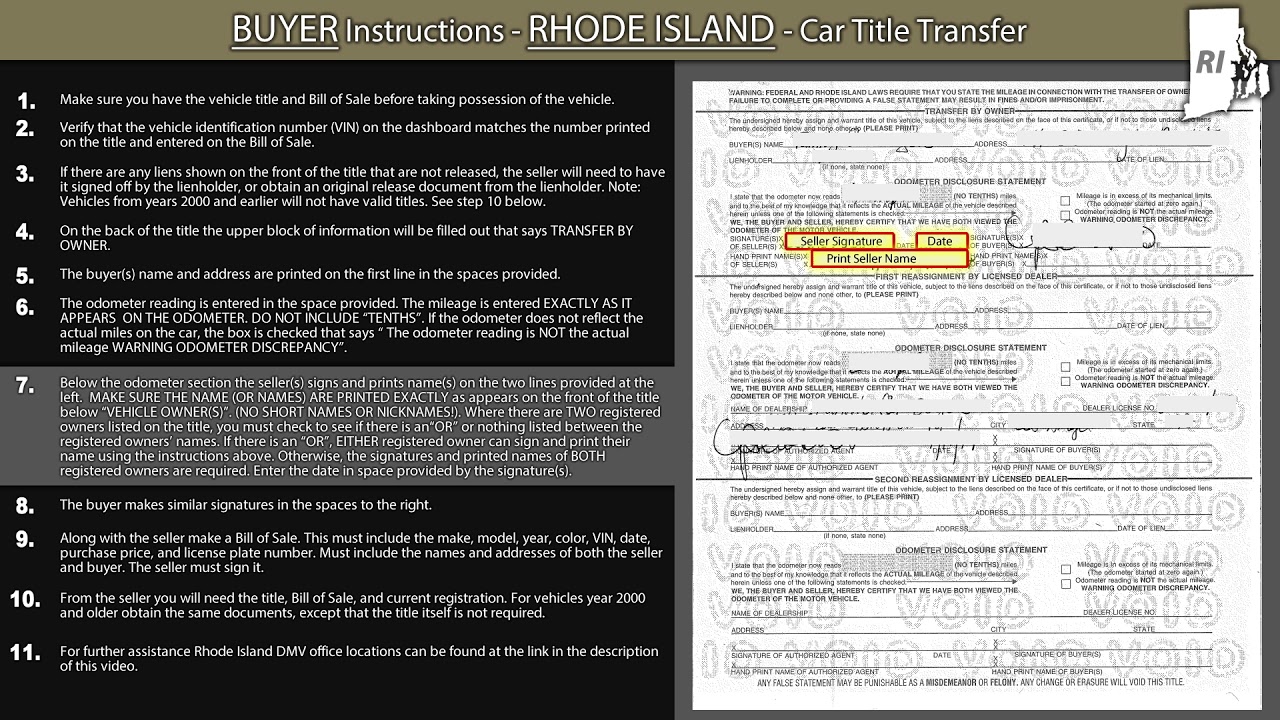Overview of Safety in Rhode Island
Rhode Island, the smallest state in the United States, is often associated with its rich history, beautiful coastline, and vibrant cultural scene. However, when considering a move to this picturesque state, one may wonder about its safety. This article aims to provide an overview of safety in Rhode Island, covering crime statistics, analyzing safety in urban and rural areas, assessing safety measures, and exploring factors that influence safety.
Crime Statistics in Rhode Island
Crime statistics reveal crucial information about the safety of a place. According to the latest data, Rhode Island has a slightly higher crime rate compared to the national average. However, it is essential to delve deeper into the types of crimes to gain a better understanding of the safety landscape in the state.
Understanding Violent Crime Rates
Violent crime rates in Rhode Island are relatively low compared to national averages. The state’s violent crime rate is below the national average, making it a safer place to live in this regard. However, it is still crucial to exercise caution and remain aware of one’s surroundings to mitigate the risk of becoming a victim of violent crime.
Property Crime Rates in Rhode Island
While violent crime rates may be lower, property crime rates in Rhode Island are slightly higher than the national average. Property crimes, such as theft, burglary, and motor vehicle theft, can still occur, especially in densely populated areas. Taking preventive measures like installing security systems and locking doors can help mitigate the risk of property crimes.
Analyzing Safety in Urban Areas
As is the case in many states, safety in Rhode Island can vary depending on the location. Urban areas, such as Providence and Warwick, tend to have higher crime rates compared to rural communities. It is advisable to research specific neighborhoods within these urban areas to get a better sense of their safety before deciding to settle there.
Comparing Rhode Island to National Averages
When comparing Rhode Island to national averages, it is evident that the state generally fares well in terms of safety. While it may have a slightly higher overall crime rate, it has a lower rate of violent crime. These statistics, however, should not overshadow the importance of remaining vigilant.
Assessing Safety in Rural Communities
Rural communities in Rhode Island generally experience lower crime rates compared to urban areas. These communities often foster a close-knit environment where neighbors look out for one another. However, it is still essential to take necessary precautions and not become complacent about personal safety, regardless of the location.
Examining Safety Measures in Rhode Island
Rhode Island has implemented various safety measures to maintain a secure environment for its residents. These include an efficient emergency response system, public safety campaigns, and community programs aimed at preventing crime. Additionally, the state regularly reviews and updates its safety protocols to address emerging challenges.
Rhode Island’s Police Force and Safety Efforts
Rhode Island’s police force plays a crucial role in maintaining public safety. Law enforcement agencies across the state collaborate to respond promptly to incidents, investigate crimes, and apprehend offenders. Their efforts, combined with the support of local communities, contribute to the overall safety of Rhode Island.
Factors Influencing Safety in Rhode Island
Several factors can influence safety in Rhode Island, including socioeconomic conditions, drug abuse rates, and education levels. Addressing these factors through social programs, community outreach, and educational initiatives can have a positive impact on safety throughout the state.
Safe Neighborhoods in Rhode Island
While safety can vary by neighborhood, Rhode Island has several safe communities worth considering. Places like Barrington, East Greenwich, and Jamestown consistently rank among the safest towns in the state. These communities offer a serene living environment with low crime rates, making them attractive options for individuals seeking safety.
Conclusion: Is Rhode Island a Safe Place to Live?
In conclusion, Rhode Island generally provides a safe living environment, but it is essential to consider specific factors like location and personal safety measures. With a lower rate of violent crime compared to the national average, the state offers peace of mind to its residents. However, property crime rates can be slightly higher, emphasizing the need for precautions. By staying informed, being aware of one’s surroundings, and taking advantage of the safety measures in place, residents and visitors can enjoy the beauty of Rhode Island while prioritizing their safety.





